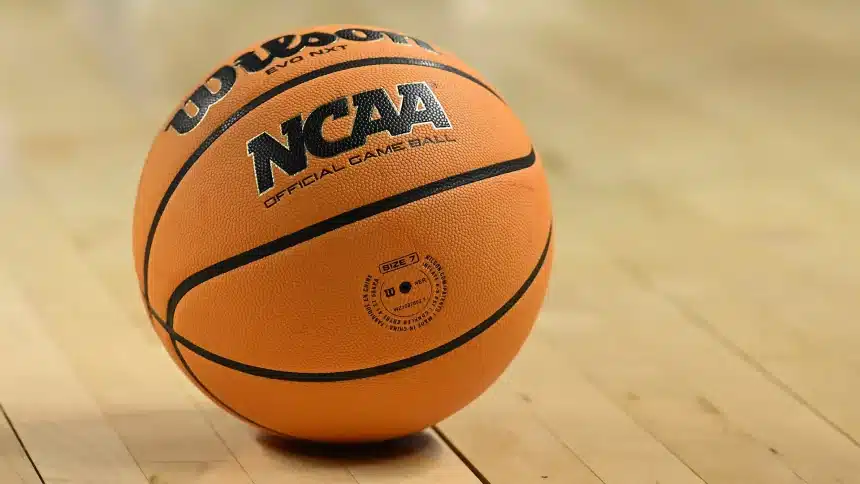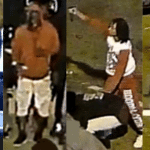A few new rule changes have been approved by the NCAA ahead of the upcoming college basketball season.
The league is now allowing a coach’s challenge at any point of a game to review an out-of-bounds call, basket interference, goaltending, and whether a secondary defender was in the restricted-area arc on a charge call.
Under the coach’s challenge rule, teams must have a timeout to request an instant replay review challenge. If the instant replay review challenge is successful, teams will be allowed to have one additional video review challenge for the rest of the game, including overtime.
However, if the first video review challenge is unsuccessful, the team loses the ability to challenge the rest of the game. Officials can also initiate video reviews on basket interference, goaltending, and restricted arc plays in the last two minutes of the game and into overtime. Officials cannot conduct a video review on out-of-bounds calls unless through a coach’s challenge.
The coach’s challenge will not impact the officials’ voluntary use of instant replay for timing mistakes, scoring errors, shot clock violations, two-point versus three-point field goal attempts, flagrant fouls, and other technical aspects of a game.
“Recent data shows these reviews caused minimal game interruptions. NCAA Men’s Basketball Rules Committee members think the coach’s challenge will have a significant impact on the flow of the game,” a portion of a release from the NCAA reads.
The NCAA’s playing rules oversight panel also approved modifications to the rule on continuous motion on field goal attempts. Under the new rule, an offensive player who ends his dribble going toward the basket and absorbs contact from the defense will be permitted to pivot or complete the step the player is on and finish the field goal attempt. Currently, players are credited with field goals only when they are fouled while shooting the basketball.
Other changes to “enhance the flow of the game,” per the release, focus on the points of emphasis for officials for the upcoming campaign. These will include directives to address delay-of-game tactics, limit time spent at the monitor, improve game administration efficiency, and reduce physicality.
Additional rule changes include:
- Officials will now have the option to call a Flagrant 1 foul when a player is contacted in the groin. A Flagrant 1 foul results in two free throws for the offended team and possession of the ball. Previously, officials could only call a common foul or deem it a Flagrant 2 foul, in which the player receives an ejection, and the offended team receives two free throws and possession of the ball.
- If a player uses the rim to gain an advantage, it will be a basket interference violation.
- If one of the shot clocks becomes inoperable, the shot clock at the other basket will remain on. Previously, both clocks would be shut off until both were operable.
Possible changes after the 2025-26 season
The NCAA Men’s Basketball Committee has had recent conversations about moving the men’s game from two halves to four quarters, following the structure model of women’s games and NBA contests. While this idea has garnered momentum, per officials, the league recognizes that there may be unintended challenges posed by a drastic gameday formatting change.
“The committee realizes there are hurdles to implementing the quarter format to the game, including the structuring of media timeouts to accommodate commercial inventory,” a statement from the NCAA reads. “The committee recommended NCAA Division I conferences create a joint working group to provide feedback on the potential change from halves to quarters.”
College basketball for Mississippi’s programs will tip off once again in November.








